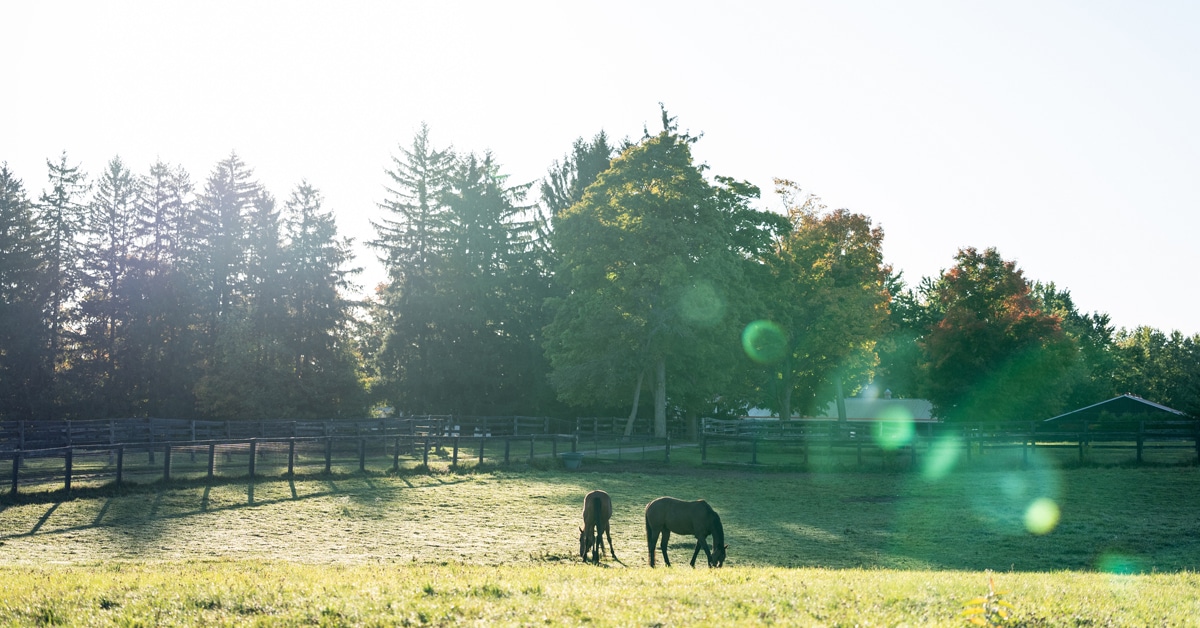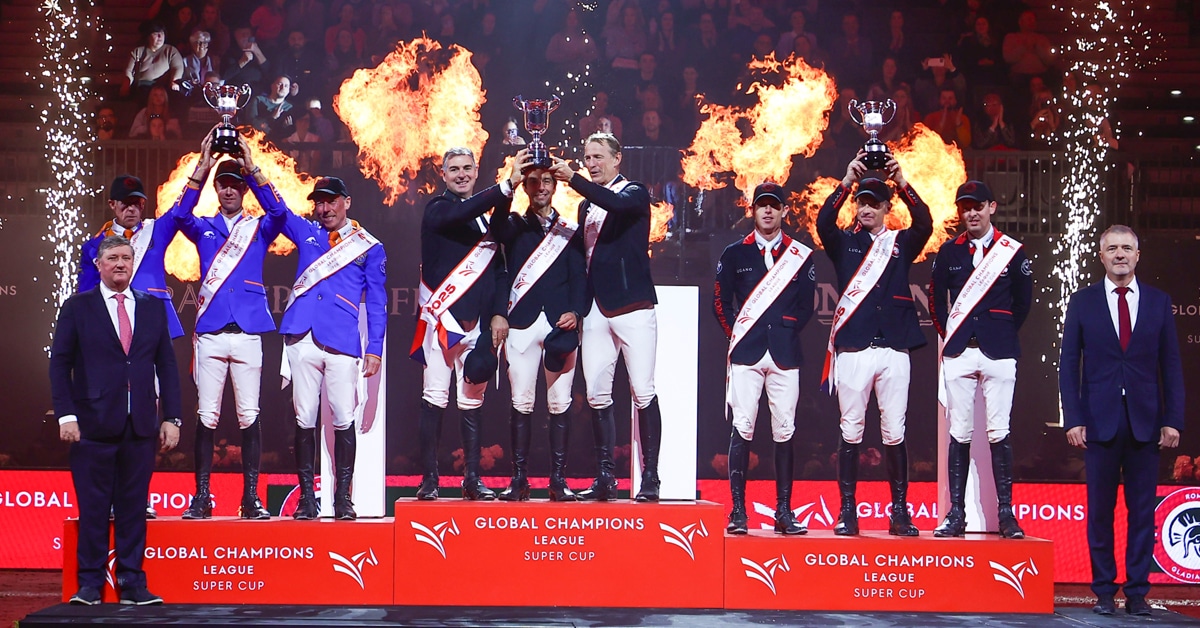After the conclusion of Team Test competition on Aug. 29, 2021, the Canadian Para-Dressage Team earned a respectable 10th-place finish at the Tokyo 2020 Paralympic Games in Japan.
Three Canadian combinations performed at Baji Koen Equestrian Park during the Grade I, II and III competitions on August 28: Lauren Barwick, 43, of Aldergrove, BC, and Sandrino, Lee Garrod’s nine-year-old Westphalian gelding sired by Spirit of Westfalia; Winona Hartvikson, 62, of Langley, BC, and Onyx, the 18-year-old Hanoverian gelding she co-owns with Jane Macdonald; and Roberta Sheffield, 40, of Lincolnshire, GBR, and Fairuza, her 12-year-old mare.
With a final score of 211.699, Canada sat in the gold medal position overnight until the conclusion of the following day’s Grade IV and V competitions.
(From Saturday’s EC report):
Quality of pace was the name of the game for Team Canada, starting with Hartvikson, who has held on to top-20 positions in the FEI Para Dressage World Individual Ranking – Grade I since 2017. Riding Onyx, whom she co-owns with Jane Macdonald, the 62-year-old put a solid first score on the board for the athletes from the North with 69.464%. The judge at M was particularly impressed with the 18-year-old Hanoverian gelding’s forward tempo and consistent rhythm and awarded the pair 71.071%.
“I ride to music or a metronome to get the tempo,” said Hartvikson of the work she put in to attain that marching, four-beat walk. “With Onyx’s training program, we keep it consistent. Some days he does test movements and other days he gallops so he’s fit enough to travel. He’s trained in the classical German system that he’s familiar with.”
Speaking of the fire sirens that could be heard in the distance, Hartvikson joked, “Maybe that was my grand entry! But it felt really great and the test rode really well.”
Next, Sheffield, 40, and her 12-year-old mare, Fairuza, kicked off Grade III competition with a bang. They trotted down the centreline with impulsion, executing lovely halts and turns on the haunches to add 72.000% to Canada’s total. Speaking of her score, which is the highest Sheffield has received in three major games (Caen 2014 World Equestrian Games (WEG); Rio 2016 Paralympics; Tryon 2018 WEG), she said, “When I came out of the ring and I saw the score come up, I thought, ‘That’s the one before me, that’s not the right one.’ I knew Fairuza had done a nice test but I wasn’t allowing myself to believe that she’d done that nice a test.”
Sheffield continued, “It felt different going into the ring tonight than it did yesterday [in the Individual Test]. Yesterday, it felt almost like we had a false start because we were the second day of competition whereas this one it felt like we were on the starting blocks ready to go. It just felt incredible to be the third member, we have no drop score, this is it. The extra pressure gave me more lift, more connection to what I was doing and the horse really responded beautifully to that. She didn’t dry up, she has such a lovely partnership with me and is a horse that you can always trust. Whenever you put pressure on her she goes, ‘Yep, I’ve got this.’ She’s got such self-confidence and assurance that I was able to really go in there and ride what I wanted to ride.”
Barwick, 43, added the last score for Canada on her Grade III mount, Sandrino (sired by Spirit of Westfalia). During the regular FEI season, the strategic riding of Barwick and Lee Garrod’s nine-year-old Westphalian gelding is regularly rewarded with marks over 70% so their final score of 70.265% came as no surprise.
Barwick commented, “I thoroughly enjoyed my ride with my horse in the arena; he was a different horse from the first day. It’s just now about getting used to being able to ride that more exuberant horse accurately without some of the costly mistakes that we had tonight.”
***
Ultimately, a tight medal race finished with Great Britain on top of the podium on a total score of 229.905. The Netherlands followed close behind for the silver medal, scoring 229.249, and a score of 224.352 earned bronze for the United States.
“I am delighted with the performance of this group of athletes, grooms and support staff,” said Chef d’Équipe, Clive Milkins of Team Canada, who built on and progressed from a 13th-place finish at the Rio 2016 Paralympics. “Of course, I am disappointed with the final placing and yet, everyone performed well and tried their hardest and I couldn’t ask any more of them.”
Milkins continued, “We were only 4.3% behind sixth place, which is an average of roughly 1.3% per horse/rider combination. As we know, dressage is subjective and so on another day, we could be so much higher. We have learned so much from this trip and will come back stronger next time. Many congratulations to the medal winning teams and many thanks to all at Equestrian Canada for making this happen.”
The Canadian Para-Dressage Team is supported at the Games by: Milkins; Para-Dressage Veterinarian, Alan Manning; Grooms, Lillie Durbin, Courtney Palleson, Karis Van Essen and Richard Neale; Athlete Personal Supports, Shannon Dueck, Jane Macdonald and Melinda Castillo; Senior Manager, Dressage Olympic/Paralympic Program, Christine Peters; Coordinator, Para-Dressage, Jamie-Ann Goodfellow; and Equestrian Team Lead, James Hood.
Para-dressage will conclude at Tokyo 2020 with the Freestyle Test for all Grades on August 30; unfortunately, Canadian combinations narrowly missed the top-eight cut off in the Individual Test to move forward in Grades I and III.
More News









